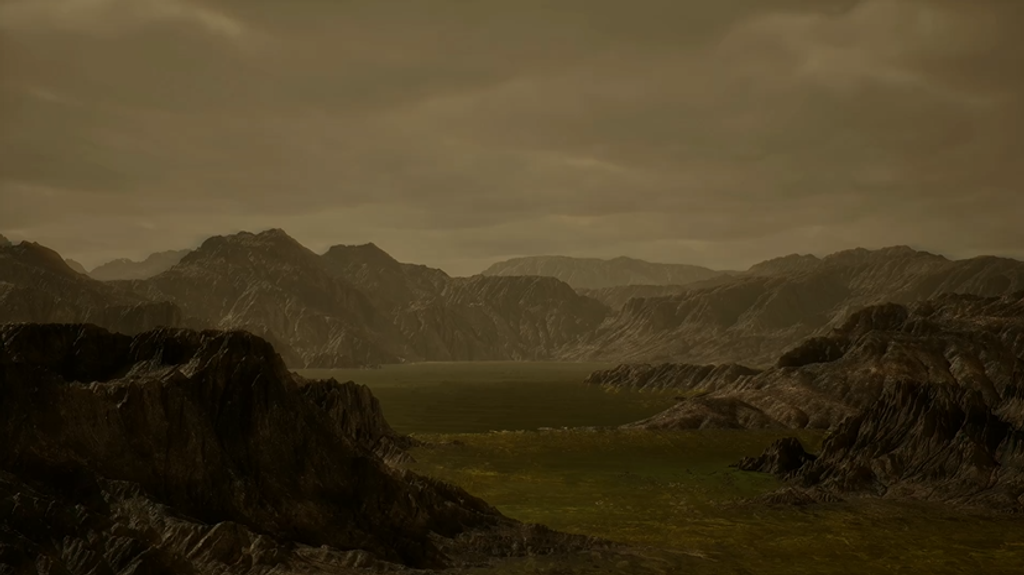Curiosity’s New Drilling Technique
| Credit | NASA/JPL-Caltech |
|---|---|
| Language |
|
After more than a year without the use of the Curiosity Mars rover's drill, engineers have devised a workaround and tested it for the first time on the Red Planet. More testing of the drill method is planned for the future.
For more about this NASA mission, visit: http://mars.nasa.gov/msl
TRANSCRIPT
Since Curiosity landed on Mars in 2012, it's used its drill to acquire samples from Martian rocks 15 times. But a little over a year ago in December of 2016, Curiosity's drill started giving it problems.
The drill's feed mechanism, which is responsible for moving Curiosity's drill bit into and out of rocks, didn't move when commanded. When Curiosity drills into a rock the way it was designed to, the drill's two stabilizer posts touch the rock first to steady the arm while the drill's feed mechanism moves the bit forward into the rock. Without the feed mechanism working, we can't drill that way.
To solve this problem, we do what we always do. We worked it out in the testbed using Curiosity's twin on earth. Our team of engineers and scientists have been working for months to figure out a way to collect and deliver rock samples without using the feed mechanism.
Here's what we came up with. Using our new technique called feed extended drilling, the stabilizers are not used. The bit is now in a forward position extended past the stabilizers.
(natsd loudspeaker)
Moving the drill straight into a rock and retracting safely without the stabilizers is challenging. We move the arm instead of the feed mechanism to place the bit onto the rock and press it forward as it drills.
(natsd loudspeaker)
After making contact, we apply a light preload and drill a shallow pilot hole. We use a force sensor in the robotic arm to give Curiosity a sense of touch. This lets Curiosity adjust its arm motion and avoid getting stuck while drilling kind of like you might adjust your arm while drilling into a wall at home. After drilling, we use a similar technique to retract from the hole without getting stuck. We recently tried this method using Curiosity on Mars and here's how it turned out. This picture shows the first hole drilled on Mars ever with this new drilling technique.
Even though we can't see the hole in this image, we know we drilled about one centimeter deep. The hole itself is buried in the powder generated during drilling. This is a good sign for the new drilling method.
Next, we have to drill a deeper hole to collect sample and demonstrate our new techniques for delivering the sample to Curiosity's two onboard labs. That will come in the days ahead.





























